Home>diy>Building & Construction>What Is Grading In Construction
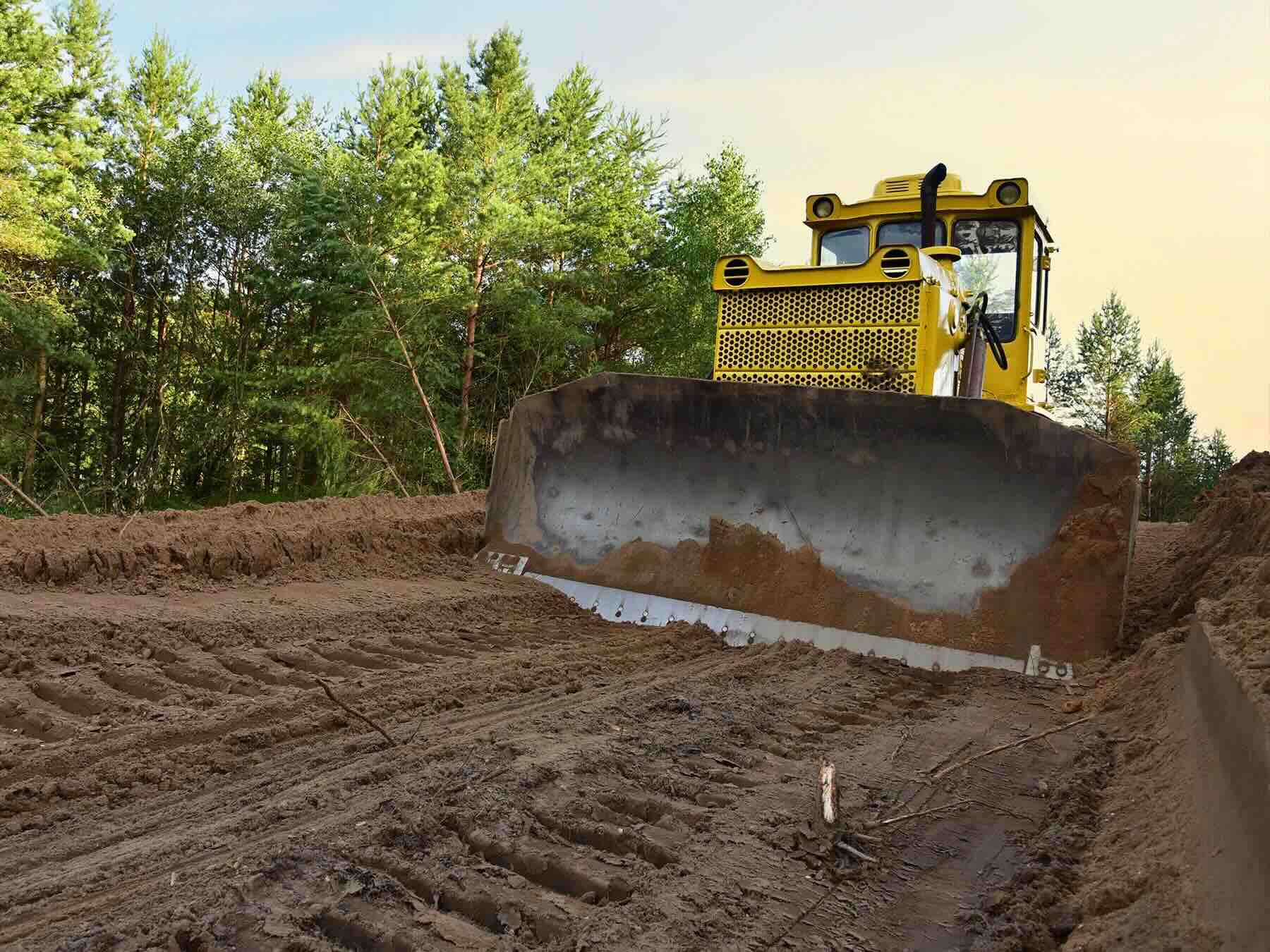

Building & Construction
What Is Grading In Construction
Modified: October 18, 2024
Learn about the process of grading in building construction and how it contributes to the overall quality and stability of structures. Explore the importance of proper grading techniques for safe and durable construction.
(Many of the links in this article redirect to a specific reviewed product. Your purchase of these products through affiliate links helps to generate commission for Storables.com, at no extra cost. Learn more)
Introduction
In the realm of construction, grading plays a pivotal role in preparing the land for construction projects. Whether it’s for the development of residential communities, commercial buildings, or infrastructure projects, grading is an essential process that sets the foundation for a successful construction venture.
Grading, in the context of construction, refers to the process of shaping and leveling the land to achieve the desired slope and elevation. It involves the removal of excess soil, rocks, and other debris, as well as the addition of fill material to create a smooth and even surface. This process is crucial to ensure the stability, longevity, and functionality of the built structures.
The primary purpose of grading is to establish a stable and uniform base for construction. By modifying the topography and addressing any irregularities in the land, grading helps to prevent issues such as erosion, poor drainage, and structural instability. Additionally, grading ensures that the land is suitable for construction, reducing the risk of future complications and expensive repairs.
Various grading techniques are employed, depending on the specific objectives and challenges of the project. The choice of technique can vary from simple grading for small-scale projects to more complex processes involving the use of heavy machinery and specialized equipment. Irrespective of the technique used, proper grading is essential to establish a solid foundation for successful construction projects.
Key Takeaways:
- Proper grading in construction is essential for stability, drainage, and compliance with regulations. It sets the stage for safe, functional, and visually appealing structures, ensuring longevity and minimizing future complications.
- Grading challenges, such as unsuitable soil conditions and steep slopes, require innovative solutions and collaboration among professionals. Adhering to industry standards and specifications is crucial for successful grading outcomes.
Definition of Grading in Construction
Grading in construction refers to the process of altering the topography and elevation of a piece of land to achieve the desired slope and surface characteristics. It involves the removal, addition, or redistribution of soil, rocks, and other materials to create a level, stable, and uniform foundation for construction projects.
The grading process typically begins with a thorough assessment of the site, taking into account factors such as the existing topography, soil composition, drainage patterns, and any potential environmental considerations. This assessment helps determine the appropriate grading techniques and strategies to be employed.
Grading may involve excavating or cutting into the existing land to remove excess material and create a level surface, or it may necessitate the addition of fill material to raise the elevation and create a more suitable foundation. In some cases, grading may also involve reshaping the land to redirect water flow and improve drainage or to create aesthetic features such as terraced landscapes or retaining walls.
The ultimate goal of grading is to create a stable and supportive base for construction activities. By achieving a proper slope and even surface, grading helps prevent issues such as water accumulation, erosion, and structural instability. It also ensures that the land is adequately prepared to withstand the weight and forces exerted by the built structures.
Grading in construction is a complex process that requires expertise and careful planning. It is typically performed by professional contractors who have a thorough understanding of soil mechanics, erosion control techniques, and local building codes and regulations. The use of advanced technology, such as surveying equipment and GPS systems, has also greatly enhanced the accuracy and efficiency of grading operations.
Overall, grading in construction is a critical step that sets the foundation for successful and safe building projects. It ensures that the land is properly prepared, reducing the risk of future complications and ensuring the longevity and stability of the structures constructed upon it.
Purpose of Grading
The purpose of grading in construction is multifaceted, with several key objectives that contribute to the overall success of a construction project. Let’s explore the main purposes of grading:
- Establishing a solid foundation: One of the primary purposes of grading is to create a stable and uniform base for construction. By reshaping the land and achieving the desired slope and elevation, grading ensures that the foundation can support the weight and forces exerted by the structures that will be built upon it. A solid foundation is essential for the structural integrity and longevity of any building or infrastructure project.
- Improving drainage and preventing erosion: Grading helps to address drainage issues and prevent soil erosion. By shaping the land to direct water flow away from structures and incorporating proper slope and grading techniques, it reduces the risk of water pooling, flooding, and damage caused by excess moisture. Effective grading also helps to minimize erosion by controlling the movement of soil and preventing sediment runoff into nearby water bodies.
- Enhancing site usability: Grading is often used to optimize the functionality and usability of a construction site. By creating level surfaces and removing obstacles such as rocks or debris, grading makes it easier for construction equipment, vehicles, and personnel to access and maneuver around the site. This enhances productivity and improves safety during the construction process.
- Achieving aesthetic objectives: In addition to its functional purposes, grading also serves aesthetic objectives in construction. It allows for the creation of visually appealing landscapes, including terraced gardens, sculpted embankments, or distinctive landforms that integrate harmoniously with the built environment. Grading helps transform raw land into aesthetically pleasing spaces, enhancing the overall appeal and value of a development.
- Adhering to building codes and regulations: Grading is an essential part of meeting building codes and regulations set by local authorities. These regulations often include requirements for proper slope, elevation, and drainage to ensure the safety and integrity of the construction project. By following grading standards and specifications, builders can ensure compliance with these regulations and obtain necessary permits for their projects.
In summary, the purpose of grading in construction is to establish a solid foundation, improve drainage and prevent erosion, enhance site usability, achieve aesthetic objectives, and adhere to building codes and regulations. Proper grading is crucial for the success, safety, and longevity of construction projects, providing a solid groundwork for the structures to be built upon and creating a functional and visually appealing environment.
Types of Grading Techniques
Grading techniques in construction vary depending on the specific objectives, site conditions, and project requirements. Here are some of the common types of grading techniques used in the construction industry:
- Cut and Fill Grading: This technique involves cutting into higher areas of land, removing excess soil or rock, and then filling in lower areas with the excavated material. The objective is to achieve a desired slope and elevation, ensuring a level surface for construction. Cut and fill grading is commonly used when there are significant variations in land elevation across the construction site.
- Terracing: Terracing is a grading technique that involves creating multiple level surfaces on steep slopes. It helps to control erosion, improve stability, and maximize land use. Terracing is achieved by cutting the slope into a series of stepped levels, typically supported by retaining walls. This technique is commonly used in hilly or mountainous regions for residential or agricultural development.
- Subdivision Grading: Subdivision grading is employed when preparing land for residential or commercial developments. It involves grading the entire site to establish roadways, lots, and other infrastructure components. This technique focuses on creating a level surface with proper drainage to accommodate buildings, utilities, and landscaping within the planned development.
- Precision Grading: Precision grading involves using advanced surveying technology, such as lasers and GPS systems, to achieve precise grading results. This technique ensures accuracy and uniformity in surface elevation, especially in large-scale projects where precise grade control is necessary. Precision grading is commonly used in infrastructure projects, sports field construction, and high-precision industrial sites.
- Road Grading: Road grading is specifically tailored for the development of roadways and highways. It involves the grading and shaping of the roadbed to achieve the desired alignment, grade, and cross slope for proper drainage and safe driving conditions. Road grading often requires the use of specialized equipment, such as motor graders and compactors, to achieve the necessary compaction and smoothness of the road surface.
Each grading technique has its own set of advantages and is chosen based on the specific needs of the project. The selection of the appropriate technique depends on factors such as site topography, soil conditions, project requirements, budget, and available equipment.
Grading contractors, with their expertise and knowledge of various techniques, can assess the site conditions and recommend the most suitable grading technique to achieve the desired results efficiently and effectively.
Importance of Proper Grading
Proper grading is of paramount importance in construction projects, as it lays the groundwork for the success and longevity of the built structures. Here are key reasons why proper grading is crucial:
- Foundation Stability: Proper grading ensures the stability of the foundation. By achieving a level and uniform surface, grading prevents differential settlement and minimizes the risk of structural damage. A solid foundation is essential for the safety and structural integrity of the building or infrastructure project.
- Water Drainage: Effective grading facilitates proper water drainage. By creating slopes that direct water away from structures and incorporating proper drainage systems, grading prevents water accumulation, erosion, and potential damage to the foundation. Proper drainage is essential to protect the integrity of the structure and maintain a healthy and dry environment.
- Erosion Control: Grading helps control erosion by managing the movement of soil and preventing sediment runoff into water bodies. By shaping the land and implementing erosion control measures, grading minimizes soil erosion and protects the surrounding environment. This is especially critical in areas prone to heavy rainfalls or where water bodies are nearby.
- Site Utilization: Proper grading optimizes the functionality and usability of the construction site. By creating level surfaces, removing obstacles, and incorporating proper slopes, grading allows for easier access, maneuverability, and utilization of the site for construction activities, equipment, and personnel. This enhances productivity, safety, and overall efficiency during the construction process.
- Compliance with Regulations: Proper grading ensures compliance with building codes and regulations. Local authorities often have specific requirements for slope, elevation, and drainage to ensure the safety and stability of structures. By adhering to these regulations, proper grading helps obtain necessary permits and approvals for the construction project.
- Visual Appeal: Proper grading contributes to the aesthetic appeal of the construction project. By creating visually pleasing landscapes, contours, and terrains, grading enhances the overall appearance and integration of the built structures within the natural environment. It allows for the creation of beautiful landscapes and facilitates harmony between the built and natural elements.
In summary, proper grading is essential for foundation stability, water drainage, erosion control, site utilization, compliance with regulations, and visual appeal in construction projects. Consulting with professional grading contractors and engineers ensures that grading is done accurately and in accordance with best practices and local regulations. By prioritizing proper grading, construction projects can achieve optimal functionality, safety, and long-term performance.
Read more: What Is Construction
Factors Affecting Grading
When it comes to grading in construction projects, several factors come into play that can significantly influence the grading process. These factors must be carefully considered to ensure successful and effective grading. Here are some of the key factors affecting grading:
- Topography: The existing topography of the site is a crucial factor in grading. The slope, elevation changes, and contours of the land impact how the grading will be carried out. Steep slopes or uneven terrain may require additional earthwork, such as cutting and filling, to achieve the desired grading.
- Soil Composition: The composition and characteristics of the soil play a critical role in grading. Different types of soil have varying load-bearing capacities, drainage properties, and compaction characteristics. The soil’s stability and ability to support the structures being built must be assessed to determine the appropriate grading techniques and soil management practices.
- Drainage Requirements: The drainage patterns and requirements of the site must be taken into account during grading. Proper grading ensures that water flows away from the structures and does not accumulate on the site. This helps prevent water-related issues such as flooding, erosion, and damage to the foundation.
- Environmental Considerations: Environmental factors, such as protected habitats, wetlands, or endangered species, may impose restrictions on grading activities. Specific regulations and mitigation measures need to be adhered to in order to minimize the impact of grading on the environment and comply with environmental standards and permits.
- Project Objectives: The intended use and purpose of the construction project influence the grading requirements. Whether it’s for residential, commercial, or infrastructure development, the grading must be tailored to meet the unique needs of the project. Different projects have varying demands in terms of slope, elevation, and surface characteristics.
- Budget and Timeline: The available budget and project timeline can impact the selection of grading techniques and equipment. Complex grading processes, such as precision grading or terracing, may require a larger investment in terms of time and resources. Balancing the project constraints with the desired outcomes is crucial in determining the grading approach.
Each construction site is unique, and these factors affect grading decisions differently on a case-by-case basis. It is essential to conduct a thorough site assessment and consult with grading professionals to evaluate and address these factors effectively during the grading process.
By considering these factors holistically, construction projects can make informed decisions and implement grading strategies that optimize site conditions, comply with regulations, and achieve the desired project goals.
When grading in construction, always ensure proper compaction of the soil to prevent settling and erosion. Use the right equipment and follow the design specifications for the best results.
Grading Process in Construction
The grading process in construction involves a series of steps and activities to shape and level the land for building projects. While the specific process may vary depending on factors such as site conditions and project requirements, the following outline provides a general overview of the grading process:
- Site Assessment: The first step in the grading process is to conduct a site assessment. This involves a thorough examination of the site’s topography, soil composition, drainage patterns, and any environmental considerations. The assessment helps determine the appropriate grading techniques and strategies to be employed.
- Clearing and Excavation: Before grading can begin, the site needs to be cleared of any vegetation, debris, or obstacles that could hinder the grading process. Excavation may also be necessary to remove excess soil, rocks, or other materials to achieve the desired slope and elevation.
- Cut and Fill: The cut and fill method is commonly used in grading. It involves cutting into higher areas of land to remove excess soil, and then filling in lower areas with the excavated material. This process helps create a level surface and achieve the desired grading while minimizing the transport of materials.
- Compaction: Compaction is a critical step in the grading process that ensures the stability and load-bearing capacity of the soil. Compaction equipment, such as rollers or vibratory compactors, is used to compress the soil layers, reducing settlement and increasing the soil’s ability to support the construction project.
- Grading and Sloping: Grading and sloping involve shaping the land to achieve the desired slope, elevation, and surface characteristics. This is done using grading equipment, such as bulldozers or graders, to move and distribute the soil. Precise grade control is achieved by using surveying equipment or GPS systems to maintain the specified slope and elevation.
- Drainage Installation: Proper drainage is crucial in the grading process. Drainage systems, such as culverts, pipes, or swales, may be installed to direct water away from the site and prevent water accumulation or erosion. These drainage measures help protect the stability of the grading and the foundation of the structures being built.
- Final Grading: Once the desired grading has been achieved, a final inspection is conducted to ensure that the surface is level, compacted, and stable. Any necessary adjustments or corrections are made to achieve the desired outcome.
- Quality Control and Assurance: Throughout the grading process, quality control measures are implemented to ensure that the grading meets the specified requirements and standards. This may involve soil testing, compaction testing, and surveying to verify that the grading is in accordance with the project plans and specifications.
The grading process requires expertise and coordination among various stakeholders, including professional grading contractors, engineers, and surveyors. By following a systematic and well-executed grading process, construction projects can establish a solid foundation and ensure the stability and success of the built structures.
Equipment Used for Grading
Grading in construction requires the use of various types of equipment to efficiently shape and level the land. The selection of equipment depends on factors such as the scale of the project, the site conditions, and the grading techniques employed. Here are some of the common types of equipment used for grading:
- Bulldozers: Bulldozers are powerful machines equipped with a wide flat blade on the front. They are used for pushing and moving large quantities of soil, rocks, and debris. Bulldozers are ideal for rough grading activities, cutting into slopes, and creating level surfaces.
- Graders: Gradings are motorized machines with an adjustable blade that is used to create precise grading and slope control. They are commonly used for fine grading operations, as they can achieve accurate slopes and smooth surfaces. Gradings are particularly useful in road construction and large-scale grading projects.
- Excavators: Excavators are versatile machines that can dig and remove soil, rocks, and debris from the construction site. They are often used in the initial stages of grading to clear the land and perform excavation work. Excavators can also be equipped with attachments such as grading buckets or rippers to assist in the grading process.
- Scrapers: Scrapers are heavy equipment that have a blade or pan mounted on the front. They are designed to scoop and remove large amounts of soil and carry it to another location. Scrapers are efficient for bulk earthmoving activities and are often used in large-scale grading operations.
- Compactors: Compactors are used to increase the density and compaction of the soil. This helps to enhance the load-bearing capacity and stability of the graded surface. Various types of compactors, such as smooth drum rollers or vibratory compactors, are used depending on the soil type and the desired compaction level.
- Surveying Equipment: Surveying equipment, such as total stations, GPS systems, and laser levels, are used to ensure precise grading. They provide accurate measurements and grade control, allowing for the achievement of the desired slope, elevation, and surface characteristics.
- Other Tools and Accessories: In addition to the heavy equipment, various hand tools and accessories are used for grading. This includes shovels, rakes, levels, and measuring devices. These tools are essential for fine-tuning the grading process, smoothing surfaces, and ensuring accuracy in the overall grading work.
The selection of equipment depends on project-specific requirements and the expertise of the grading contractors. It is important to have skilled operators and to ensure that the equipment is maintained and operated safely to achieve efficient and effective grading results.
By utilizing the right combination of equipment, construction projects can achieve precise grading, establish a stable foundation, and ensure the success of the overall construction endeavor.
Grading Standards and Specifications
Grading in construction follows specific standards and specifications set by industry organizations, local authorities, and building codes. These standards ensure that grading is performed in a consistent and safe manner. Here are some key aspects of grading standards and specifications:
- Slope and Elevation Requirements: Grading standards outline the acceptable ranges of slopes and elevations for different types of construction projects. This ensures that the graded surface meets the necessary requirements for stability, aesthetics, and functionality. Standards may specify maximum slopes for access roads, minimum elevations for flood-prone areas, or specific slope ratios for retaining walls.
- Drainage Guidelines: Proper drainage is a critical aspect of grading. Standards and specifications provide guidance on designing and implementing effective drainage systems, including the use of culverts, swales, or sump pumps. These guidelines ensure that water is appropriately managed to prevent flooding, erosion, and damage to structures.
- Soil Testing and Analysis: Grading standards often require soil testing and analysis to assess the soil’s composition, bearing capacity, and compaction characteristics. Soil tests help determine the suitability of the soil for construction and provide crucial information for grading design and execution. This ensures that the graded surface can provide sufficient support for the structures to be built.
- Environmental Considerations: Many grading standards incorporate environmental considerations to protect natural resources and ecosystems. These may include requirements for erosion control measures, habitat preservation, and proper management of construction-related waste. Compliance with environmental regulations and permits is a key component of grading standards to minimize the impact on the environment.
- Grading Certifications and Accreditations: In some cases, grading contractors may need to meet specific certifications or accreditations to demonstrate their expertise and adherence to grading standards. These certifications validate their knowledge of grading techniques, soil mechanics, and proper construction practices. They provide assurance to clients and regulatory bodies that the grading work will be performed to the highest standards.
- Building Codes and Regulations: Local building codes and regulations often incorporate grading requirements to ensure the safety and stability of structures. Grading standards may reference these codes, and compliance is necessary to obtain the required permits for construction projects. Building codes may dictate the minimum clearance between structures and property lines or establish guidelines for soil erosion and sediment control.
It is essential for grading professionals, contractors, and engineers to be familiar with the relevant grading standards and specifications specific to their region and project type. Adhering to these standards ensures that the grading work is performed in a consistent, safe, and compliant manner.
By following established grading standards and specifications, construction projects can achieve grading that meets the necessary requirements for stability, drainage, environmental considerations, and compliance with applicable regulations and codes.
Read more: How To Use Laser Level For Grading
Grading Challenges and Solutions
Grading in construction projects can present several challenges that need to be addressed to ensure a successful outcome. These challenges can arise from various factors, including site conditions, environmental constraints, and project requirements. Here are some common grading challenges and potential solutions:
- Unsuitable Soil Conditions: Some sites may have soil with poor load-bearing capacity, high water content, or instability. This can pose challenges for grading and foundation stability. Solutions may include soil stabilization techniques, such as lime or cement treatment, or the incorporation of geosynthetic materials to improve soil characteristics. In some cases, engineered fill materials may be necessary to provide a stable base for grading.
- Steep Slopes: Sites with steep slopes can pose challenges in achieving proper grading and drainage. Solutions may involve the use of terracing techniques, retaining walls, or cut and fill methods to create level surfaces. Retaining walls can provide structural support and help stabilize slopes, while terracing creates multiple level surfaces to control erosion and facilitate grading.
- Poor Drainage: Inadequate drainage can lead to water accumulation and erosion, affecting the stability of the graded surface. Solutions may involve the installation of drainage systems, such as French drains or swales, to redirect water away from the site. Proper grading with sufficient slope and the appropriate use of fill materials can also help improve drainage.
- Environmental Considerations: Sites with sensitive ecosystems or protected habitats require special consideration to minimize the impact of grading. Solutions may include working with environmental consultants to develop mitigation plans, implementing erosion control measures, or adjusting the grading approach to preserve natural features. Compliance with environmental regulations and permits is crucial in addressing these challenges.
- Limited Access and Space: Construction sites with limited access or confined spaces can present challenges for grading equipment and maneuverability. Solutions may involve the use of compact grading equipment, such as mini excavators or skid steers, that can navigate tight spaces. Effective planning and coordination with other construction activities are also crucial to optimize space utilization.
- Variable Soil Composition: Sites with varying soil types or inconsistent soil layers can create difficulties in achieving uniform grading and compaction. Solutions may include conducting comprehensive soil testing to understand the soil composition and characteristics. This information can guide the selection of appropriate grading techniques and help determine the required compaction specifications for each soil type.
- Weather and Seasonal Constraints: Adverse weather conditions, such as heavy rain or winter freeze-thaw cycles, can impact grading operations. Solutions may involve modifying the construction schedule to avoid unfavorable weather conditions. Implementing erosion control measures, such as temporary stabilization techniques, can help protect the graded surfaces during severe weather events.
Addressing these grading challenges requires careful planning, collaboration among project stakeholders, and the involvement of experienced grading professionals. It is important to conduct thorough site assessments, develop customized grading plans, and remain adaptable to unforeseen challenges that may arise during the construction process.
By proactively identifying and addressing grading challenges with appropriate solutions, construction projects can achieve successful grading outcomes while ensuring safety, stability, and compliance with regulations.
Conclusion
Grading is a crucial process in construction that involves shaping and leveling the land to establish a solid foundation for building projects. It plays a fundamental role in ensuring the stability, functionality, and longevity of structures. Proper grading provides a level surface, optimizes drainage, controls erosion, and accommodates the specific requirements of various construction projects.
The grading process encompasses a series of steps, from site assessment to final inspection, and involves the use of specialized equipment and adherence to industry standards and specifications. Factors such as topography, soil composition, drainage needs, and environmental considerations influence the approach to grading. Addressing grading challenges, such as unsuitable soil conditions, steep slopes, or poor drainage, requires sound planning, experienced professionals, and innovative solutions.
To achieve optimal grading results, collaboration among grading contractors, engineers, surveyors, and other stakeholders is essential. Compliance with relevant building codes, environmental regulations, and grading standards ensures that the grading work is performed safely, meets quality standards, and protects the natural environment.
As construction projects continue to evolve and grow, the significance of proper grading remains paramount. It sets the stage for successful development, minimizing risks, and maximizing the functionality, aesthetics, and value of the built environment.
In conclusion, grading in construction is a critical process that merits careful attention and expertise. By prioritizing proper grading techniques and considering the site-specific factors, construction projects can establish a strong foundation, incorporate effective drainage systems, minimize environmental impacts, and create safe, functional, and enduring structures.
Frequently Asked Questions about What Is Grading In Construction
Was this page helpful?
At Storables.com, we guarantee accurate and reliable information. Our content, validated by Expert Board Contributors, is crafted following stringent Editorial Policies. We're committed to providing you with well-researched, expert-backed insights for all your informational needs.

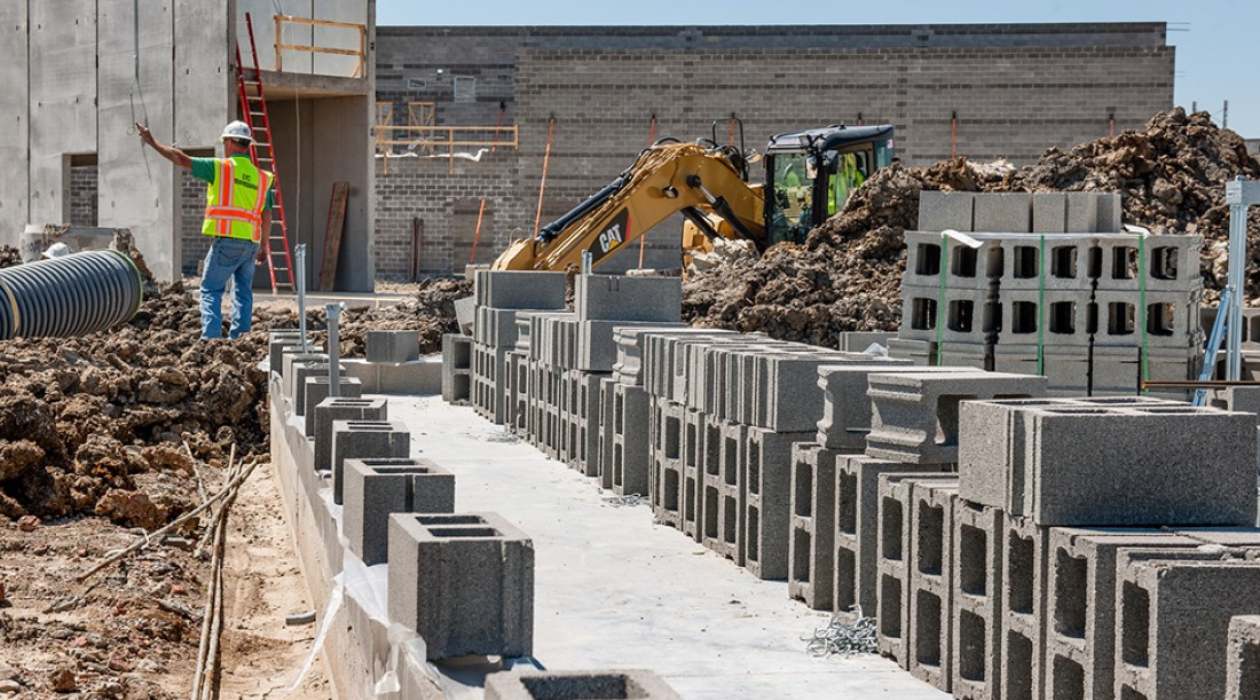






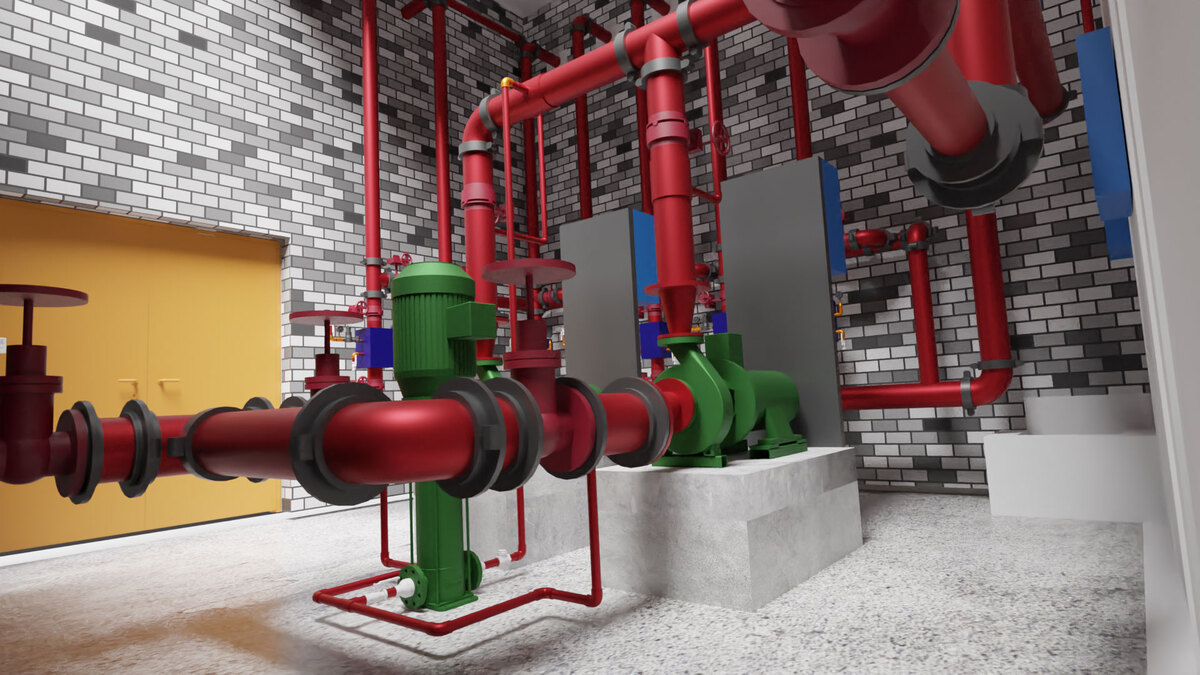

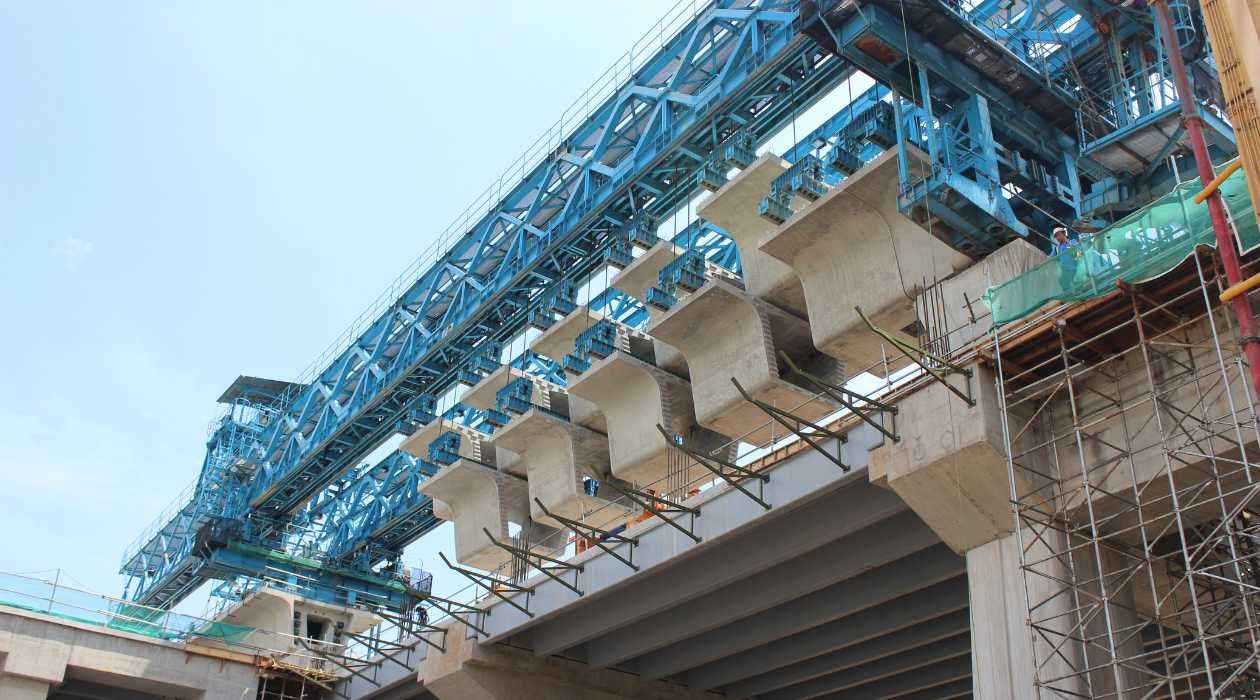

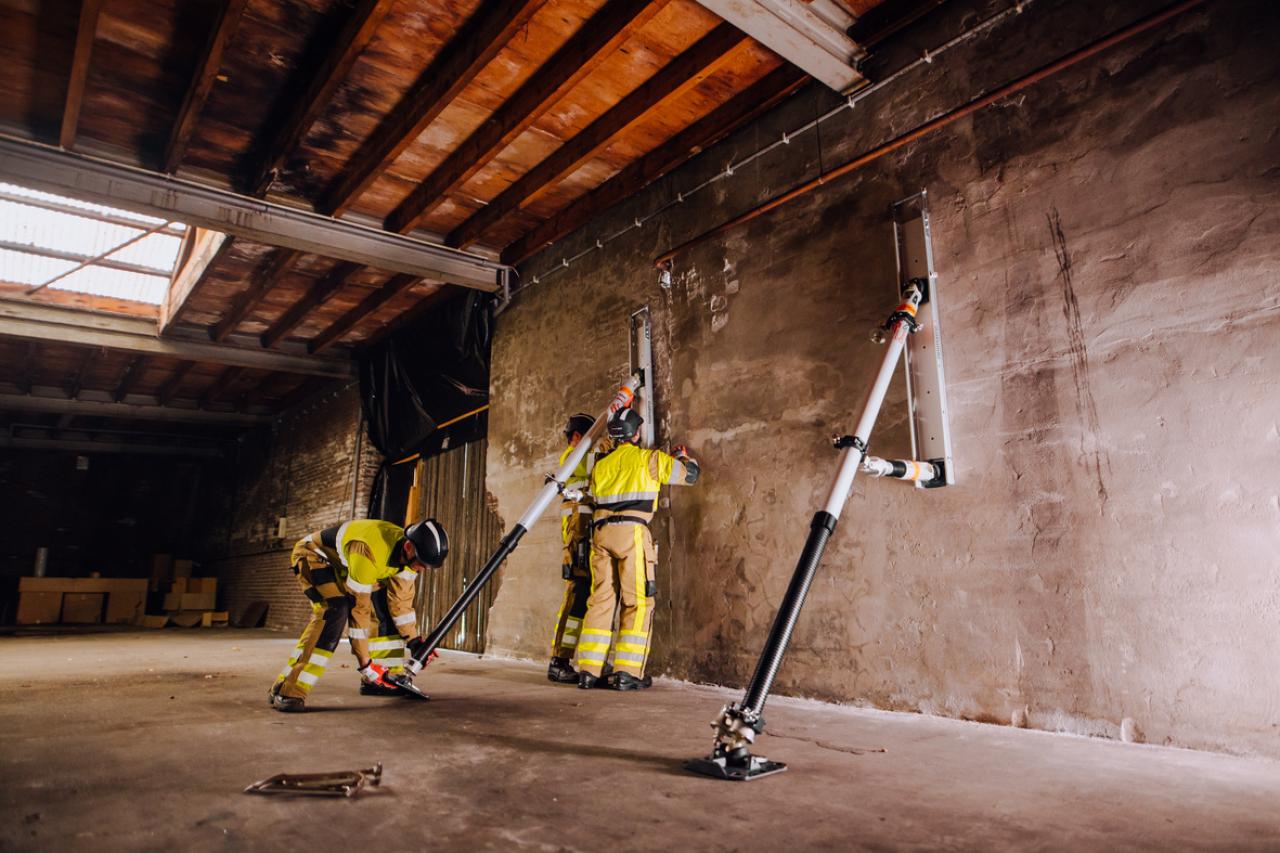

0 thoughts on “What Is Grading In Construction”